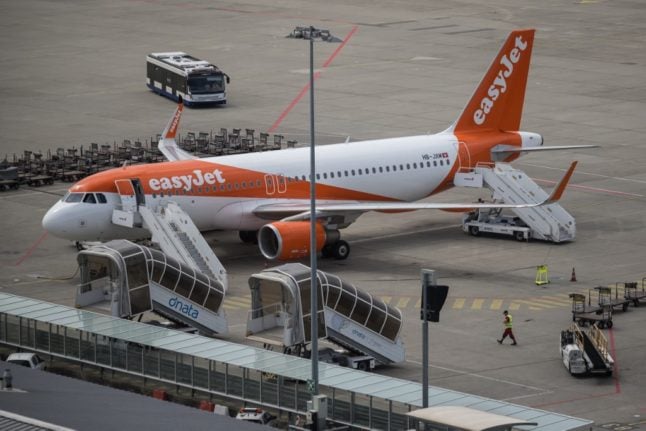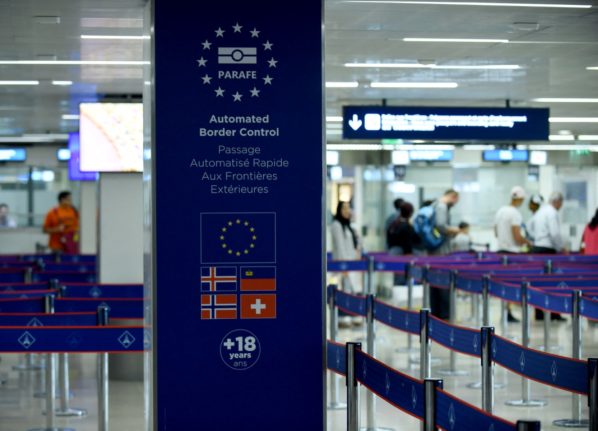Coming at the height of the summer tourist season, the new EasyJet stoppages only add problems to a sector struggling with rolling strikes by cabin crew at budget rival Ryanair that began in June and will continue until January.
Six of the EasyJet cancelations affected flights flying into or out of Barcelona, while the other eight involved arrivals and departures from Palma de Mallorca in the Balearic Isles, the SEPLA union said in an update at 1130 GMT.
For the latest headlines, follow our Google News channel online or via the app.
“These are international flights to or from Geneva, Milan, Paris, London or Basel,” the union said.
EasyJet pilots began their first three-day strike on August 12th, prompting the cancellation of 36 flights in and out of Barcelona, Malaga and the Balearic Islands.
A third strike is scheduled to take place from August 27th 29th.
The strike began just two weeks after the airline’s cabin crew went on strike, resulting in a deal.
The pilots are demanding the restoration of conditions they enjoyed before the pandemic and the resumption of talks for a new collective agreement.
During the pandemic they had agreed to a pay cut to ensure “not only our jobs but the survival of the company itself in Spain,” the union explained on August 12th, saying EasyJet had refused to restore their pre-COVID working conditions.
The rolling strike by Ryanair staff has so far had a limited impact, involving more delays than flight cancelations.
Cabin crew at Iberia Express, the low-cost arm of Spain’s Iberia national carrier, are also expected to stage a 10-day strike from August 28 to September 6, the USO union has said.



 Please whitelist us to continue reading.
Please whitelist us to continue reading.
Member comments